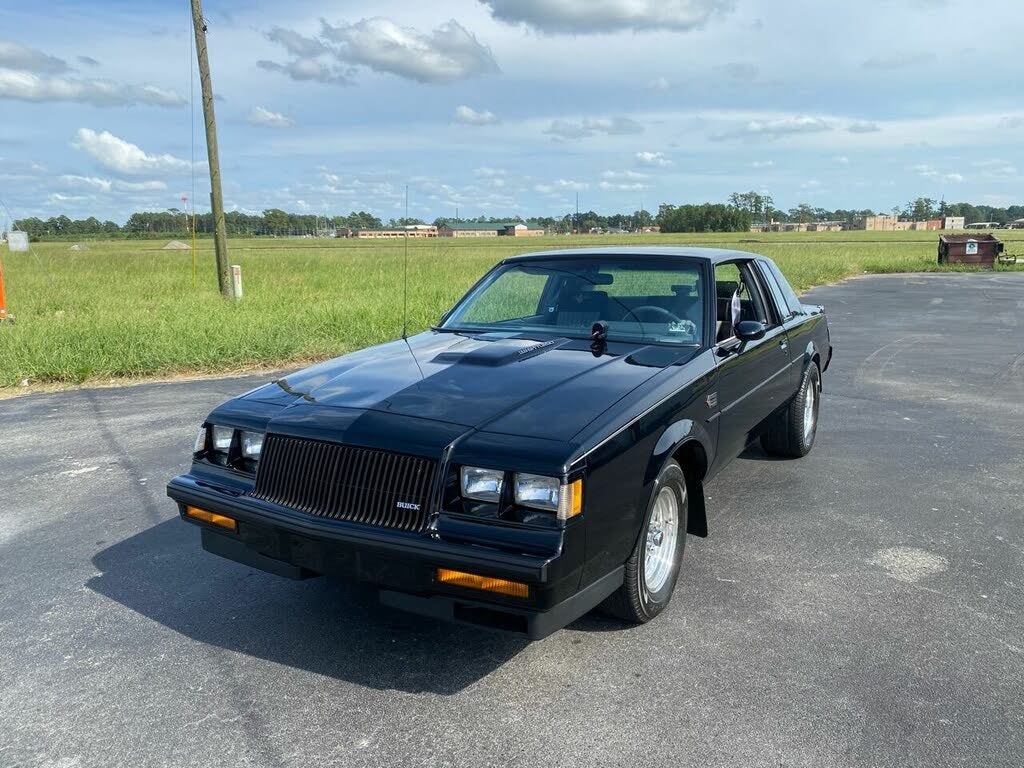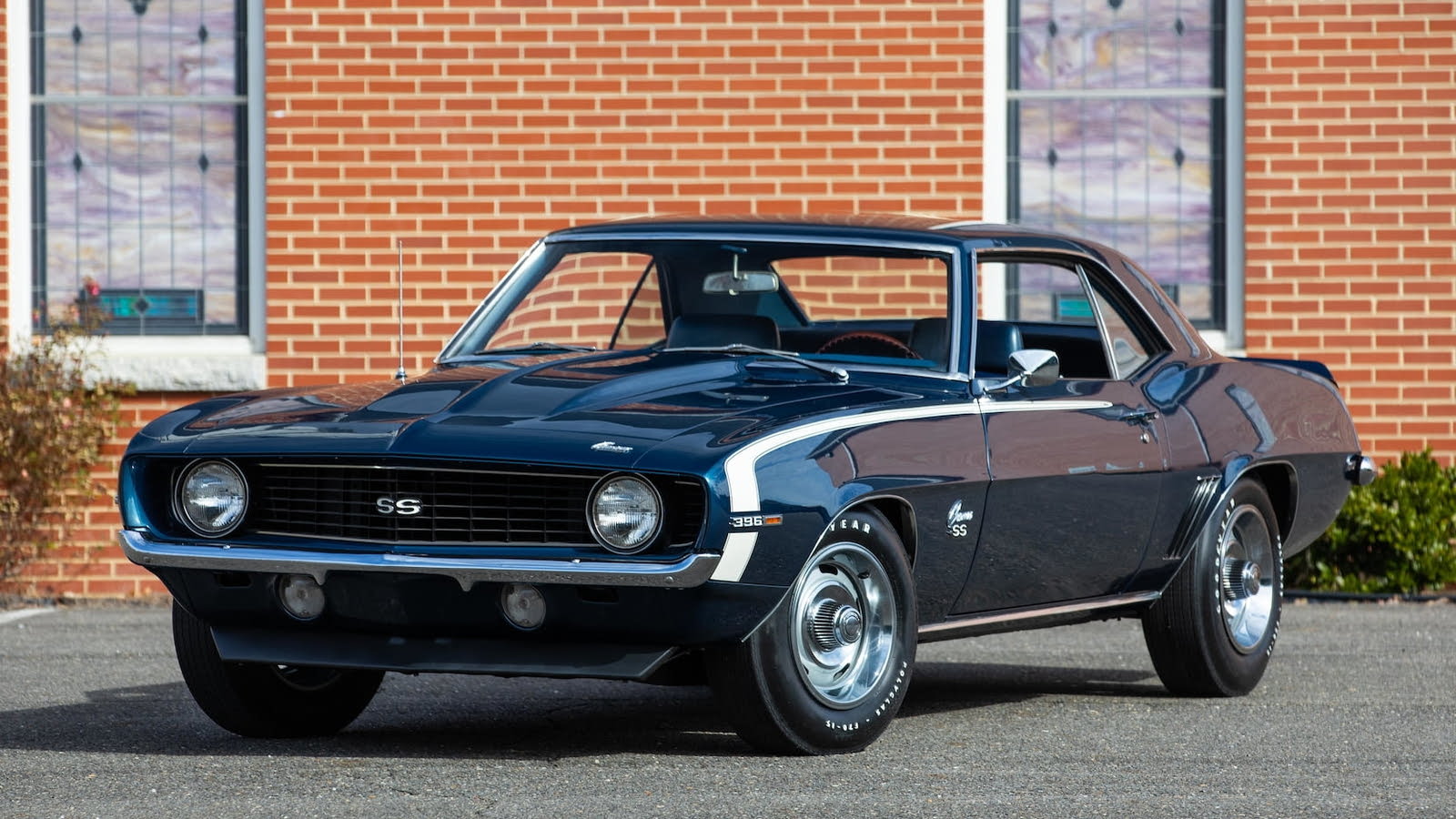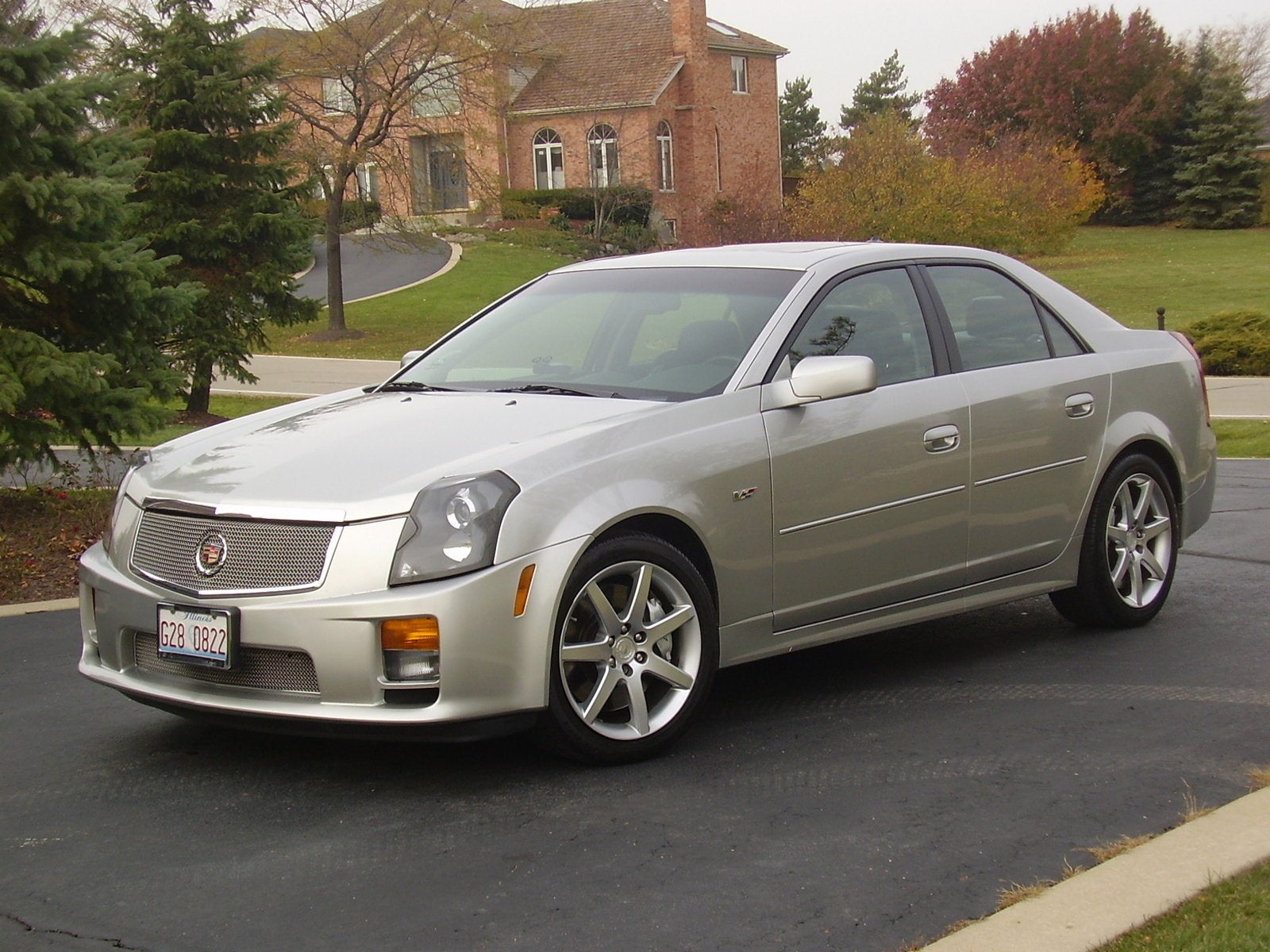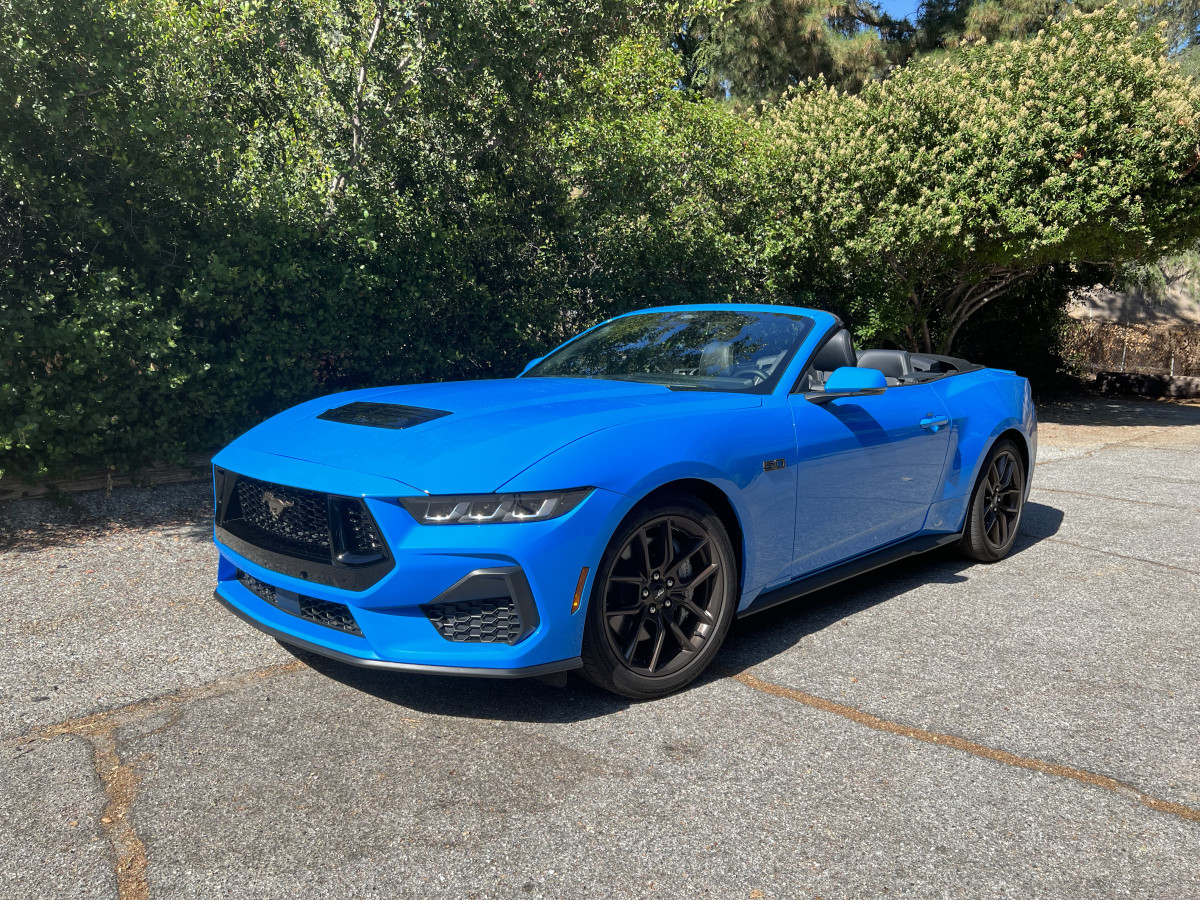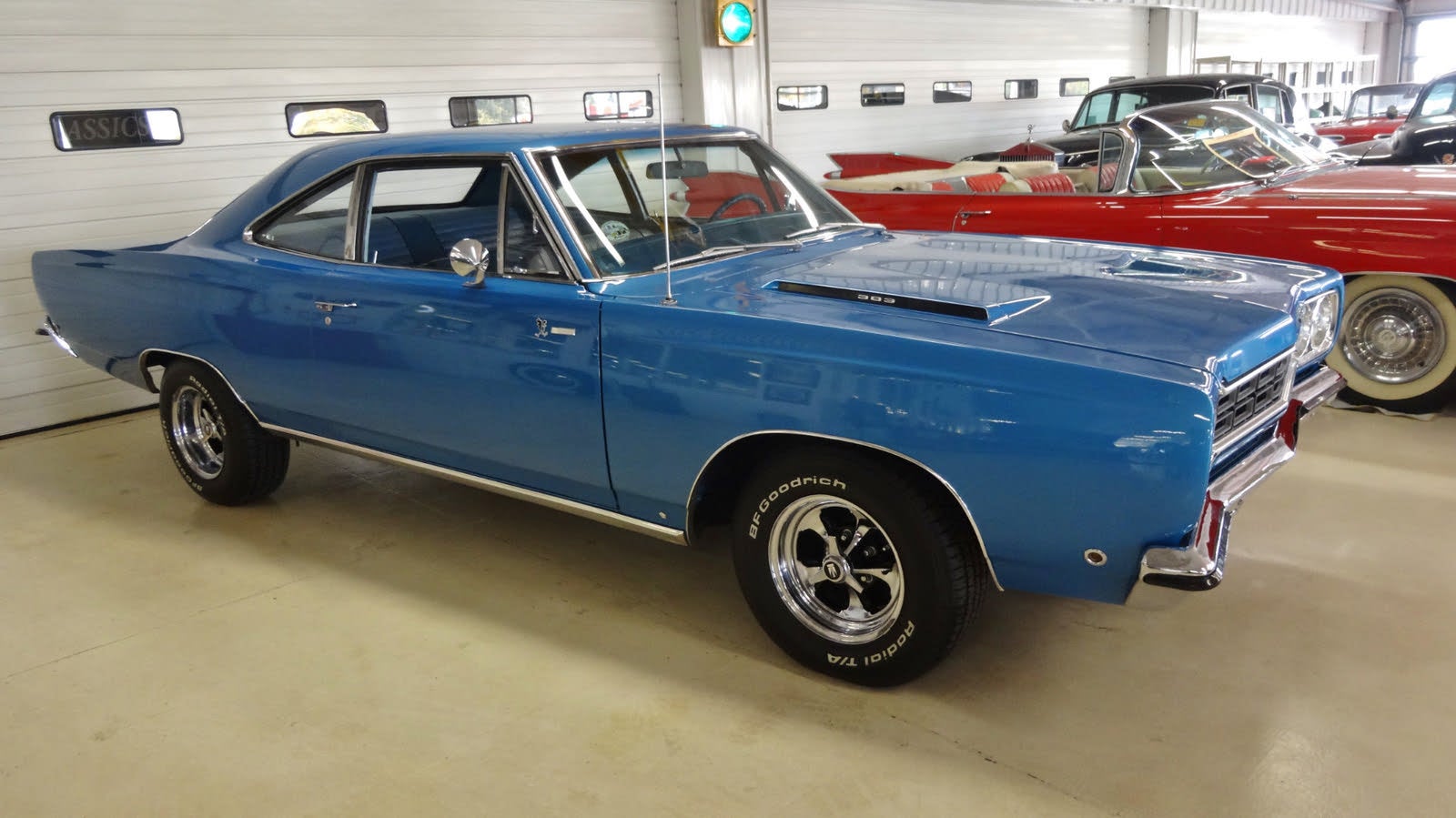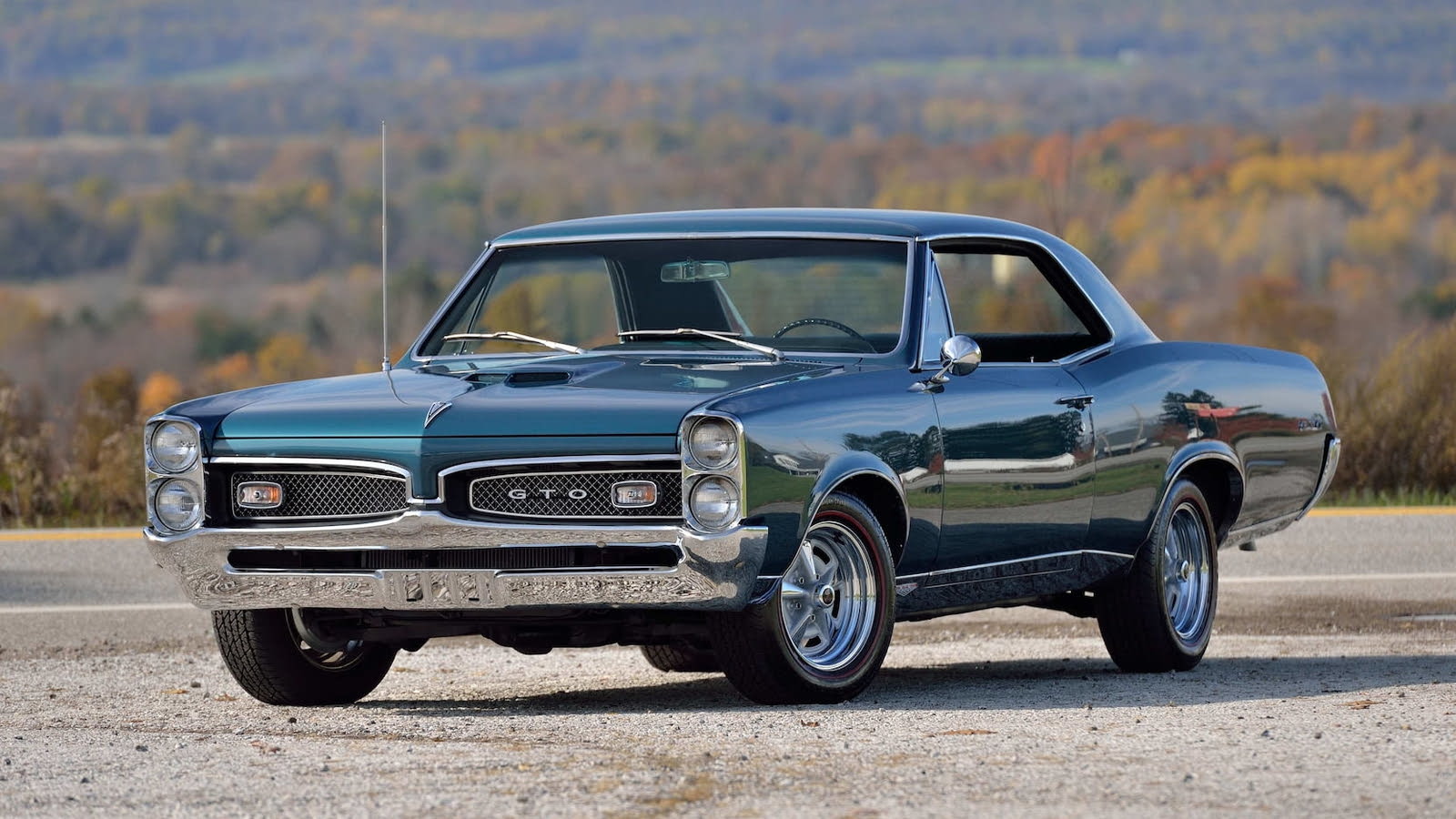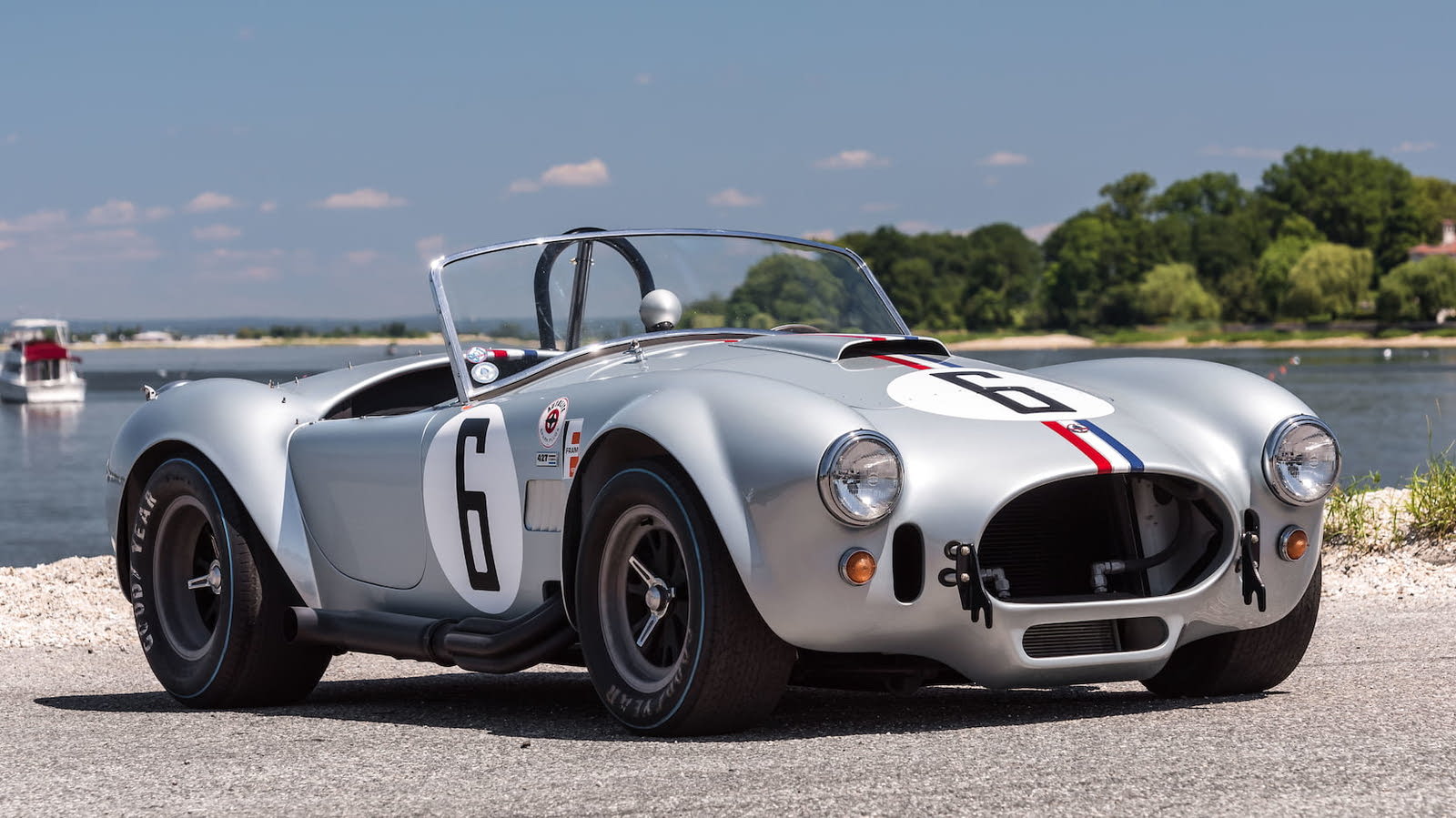Let's talk about classic American muscle cars. While some consider them merely machines, others may think of them as cherished family members. We think everyone can find joy in the high-horsepower shenanigans that both vintage and new performance cars deliver.
In this list, you’ll find some of the most iconic muscle cars of all time and a couple introduced more recently, as well as a few honorable mentions mixed in for good measure. We avoided any nameplates that may fall under the sports car category, such as the Chevrolet Corvette.
After compiling this list, we had to wonder: Which models will define “muscle car” in 10 or 20 years? Will hot-rodded battery packs and artificial engine sounds replace the visceral response and rumble of a naturally aspirated V8? If the Tesla Model S Plaid, Lucid Air Sapphire, or Mustang Mach-E GT are any indication, we suspect the answer may be "yes."
The Best American Muscle Cars: New and Classic in 2024
- Buick Grand National
- Chevrolet Camaro
- Chevrolet Chevelle SS
- Cadillac CTS-V
- Dodge Challenger
- Ford Mustang
- Oldsmobile 442
- Plymouth Road Runner
- Pontiac GTO
- Shelby Cobra 427
Buick Grand National
Best for: Stealthy muscle-car fun
Original MSRP: $14,349
Model years: 1986-1987
If your perception of the Buick brand has been framed by the company’s offerings over the past several years, you may question its placement on this list. To its credit, the recent Regal GS offered a good bit of fun, but a muscle car it was not. However, look back to the Buicks of the 1960s and ‘70s and you’ll find Gran Sport models with big V8s pushing more than 400 lb-ft of torque.
But, the 1986-87 Buick Grand National is the ride that really stands out. After more than a decade of strict emission standards had all but extinguished the muscle-car market, it was this rather unassuming two-door Buick coupe that poured gas on the embers. The Regal-based Grand National used a turbocharged 3.8-liter V6 engine that delivered 235 horsepower and 330 lb-ft of torque—modest figures by today’s standards but enough to make this Buick the fastest American car in production in 1986. For 1987, output was bumped up to 245 hp and 355 lb-ft, though a more potent GNX version was also available in limited numbers. Buyers willing to pony up an additional $15,000 or so could get a McLaren-tuned Buick with even better specs, 300 hp and 420 lb-ft of torque. With that, you had a rear-drive Buick capable of hitting 60 mph in less than six seconds, which is comparable to or better than many modern performance vehicles.
Chevrolet Camaro
Best for: Turning Ford and Dodge loyalists into Chevy fans
Original MSRP: $2,726
Model year: 1969
Introduced for 1967 in response to the hot-selling all-new Ford Mustang, the Chevrolet Camaro was one of the first players during the height of the muscle-car era that ran from the mid-to-late ‘60s and into the 1970s. There have been seemingly countless iterations of the Camaro, now in its seventh generation (or major redesign) with development by General Motors’ Australian Holden brand.
Considered by many to be the best of the bunch is the 1969 model—a one-year design that looked similar to the ’68 Chevy Camaro but in fact had an updated interior, revised body panels all around, and an unmistakable front end that was available with hide-away headlights. More importantly, buyers had a choice of several powerful engines including a 290-hp 302-cu-in V8 for the Camaro Z28, an available 375-hp 396 cu-in V8 for the SS, and a 430-hp, 427 cu-in V8 that could be ordered through the Central Office Production Order (COPO) program.
Chevrolet Chevelle SS
Best for: Buyers who want the ultimate muscle car
Original MSRP: About $3,000
Model year: 1970
Unlike the sporty Camaro, the Chevrolet Chevelle was available in a body style or configuration to match most any driver. There were four-door sedans, two-door coupes, wagons (the SUVs of their day), and even the Chevelle-based El Camino pickup truck.
Out of them all, we’d opt for the 1970 Chevrolet Chevelle SS coupe. Packaged under the hood was a 350-hp 396 cu-in V8, a 360-hp 454 cu-in V8, or what is often simply referred to as the LS6. This, too, was a 454 cu-in engine but with stronger internal components and a higher compression ratio that helped produce 450 hp and 500 lb-ft of torque. Pairing that with a four-speed manual transmission created what is now a classic muscle car many of us can merely dream of owning even if we stalk the auctions. If only we could go back to 1970, when a buyer could drive away in their brand-new Chevelle SS 454 LS6 coupe for less than $4,000, or the equivalent of just over $31,000 in 2024.
Cadillac CTS-V
Best for: Moms and dads who really wanted a Corvette
Original MSRP: $49,300
Model year: 2004
When we think of muscle cars, Cadillac isn’t a brand that immediately comes to mind. Yes, there have been plenty of high-horsepower Caddies with cubic inches aplenty over the years, but the 2004 Cadillac CTS-V changed the game. With 400 hp on tap from a V8 shared with the Chevy Corvette, and three foot pedals courtesy of a six-speed manual gearbox, this four-door, rear-wheel-drive luxury sedan could hit 60 mph in less than five seconds. Or, you could drop the clutch and roast the tires. Simply put, the original CTS-V was just a hoot to drive.
Cadillac built on that foundation in subsequent years, adding coupe and wagon versions, more refinement, and a larger supercharged V8 with 640 hp. The enhancements made the car quicker and all around better in most every way, but the result was more high-tech supercar than muscle car.
Dodge Challenger
Best for: Multiple generations of Mopar fans
Original MSRP: $2,851
Model years: 1970, 2023
With Chevy firing on all cylinders with the Camaro and Chevelle duo, it comes as no surprise that Dodge (and its sister brand, Plymouth) had its own take on the ‘70s muscle car. Enter the new Challenger, offered in coupe and convertible configurations with several trim and engine options, all ready for drag racing.
There was a base V6 for buyers who wanted the sporty look without the added expense linked to one of four optional V8s available on the R/T model. The biggest—and closest competitor to the Chevy Chevelle’s 454 LS6—was a 426 cu-in V8 that produced 425 hp and 490 lb-ft of torque. Drivers who preferred to shift their own gears could choose between a three- or four-speed manual transmission.
After 1970, the Challenger’s performance suffered due to more restrictive emissions standards, to the point that a 1982 Dodge Challenger was really a rebadged four-cylinder Mitsubishi. Those were sad days. But all was right with the world again in 2008 when a legitimate Challenger returned, based on the then-current four-door Charger. In the years since, while other automakers ventured into electric vehicles and smaller turbocharged engines, Dodge crammed more horses under the Challenger’s hood. The culmination of those efforts was the drag strip ready 2023 Challenger SRT Demon 170 with its 1,025-hp supercharged V8 powertrain(when running on E85 ethanol blend), capable of launching the Challenger to 60 mph in under two seconds.
One one thousand, two one…, and 60 mph. You may now peel yourself away from the seat.
Ford Mustang
Best for: Relatively affordable access to the muscle-car market (classic and late-model Mustangs are everywhere)
Original MSRP: $2,368
Model years: 1965-1968, 2005-Present
Ironically, Ford has itself to thank for the tough muscle-car competition from its domestic rivals. It was the tremendous success of the first Mustangs in 1964 that pushed General Motors (parent company of Chevrolet, Oldsmobile, Pontiac and others at the time) and Chrysler (parent company of Dodge and Plymouth) to develop the Camaro and Challenger.
In a history that goes back more than five decades, there have been numerous versions of the Ford Mustang that deserve to be on a list of best muscle cars (though it’s fair to say the Mustang II of the 1970s isn’t among them). Examples include the 375-hp 1969 Mustang Boss 429, the 385-hp 2000 SVT Cobra R, any one of the many Shelby Mustangs, and the 2005 Mustang GT, which only had 300 hp but nailed the modern take on retro styling and was affordable at roughly $25,000. Today’s entry-level Mustangs feature efficient turbo power, and those seeking the latest high performance pony car should look no further than the 2024 Mustang Dark Horse with its whopping 500 hp and 418 lb-ft of torque.
Let’s not forget about the Bullitt Mustang. If you’re not familiar with Steve McQueen’s famous chase scene, make sure to view a clip of the original Bullitt movie with a 1968 Mustang fastback banging sheet metal with a Dodge Charger. Unfortunately, the car from the film sold a few years ago for millions of dollars, but Ford offered a 480-hp 2020 Mustang Bullitt sprayed in the iconic Highland Green for less than $50,000 when new.
Oldsmobile 442
Best for: Fans of less well-known classic muscle cars
Original MSRP: $3,376
Model year: 1970
Oldsmobile closed up shop more than 15 years ago, yet we still remember the brand that brought us one of history’s most iconic American muscle cars, the 1970 Olds 442. That year General Motors removed a corporate policy that had limited engine designs to 400 cu in, which led Chevy to unveil the popular Chevelle SS 454. Given its name, some might suspect Oldsmobile used a 442 cu-in engine, but those digits were simply a carryover from the original 1964 model. For 1970, the Olds 442 was host to a new 455 cu-in V8 rated at 365 hp and 500 lb-ft of torque, with an available Hurst four-speed manual transmission tasked with delivering that grunt to the rear wheels.
That’s obviously no slouch, but buyers with a greater need for speed went with an optional W-30 package that featured high-performance engine bits and overall weight reduction, accomplished in part by using a fiberglass hood and aluminum parts where possible. Those 442 W-30 models offered an additional five hp and reached 60 mph in less than six seconds. This Olds bore little resemblance to your mom’s ‘80s Cutlass wagon.
Plymouth Road Runner
Best for: Going fast in a straight line on the cheap
Original MSRP: $3,034
Model year: 1968
Like Oldsmobile, Plymouth is yet another car company that has long since passed, though that’s hard to believe when you look back at models like the 1968 Road Runner. As we’ve mentioned, those years were the pinnacle of classic muscle-car design and development, and Plymouth drew in plenty of fans with this large two-door coupe and its selection of available V8 engines. Nope, not a six-cylinder engine to be seen. The company’s TorqueFlite automatic transmission was optional, but we’d choose the Hurst four-speed stick six days a week and twice on Sunday.
It’s fun to think of a day when a rather basic car came with a standard 383 cubic inch V8 that had been upgraded from previous years and pumped out 335 hp and 425 lb-ft of torque. Impressive, but the real show stopper was the 426 cubic inch Hemi V8 with its 425 hp and 490 lb-ft of torque. Those figures are on par with competitors of the day, but Plymouth undercut its rivals by limiting the extra features and selling a bare-bones muscle car for a lower price.
Pontiac GTO
Best for: Appreciating styling as well as muscle
Original MSRP: About $2,900
Model year: 1967
Though now relegated to the history books, Pontiac was once a powerhouse with various iterations of the Pontiac Firebird and another vehicle fondly known as "the Goat." That was the GTO, originally an upgrade package on the 1964 Tempest but its own model by 1966. As with other General Motors products of the day, the Pontiac GTO reached muscle-car nirvana in 1970 with a 455 under the hood and an undeniable presence generally shared with the Chevy Chevelle and Oldsmobile 442.
That said, we’d argue the first-generation GTO—specifically the 1967 model—stands above the rest. Compared to the 1966 GTO, the ’67 version had a revised grille insert and more attractive taillights, but it kept the stacked headlights and the long, sweeping body lines. By today’s standards, it was simple and understated, though it more than delivered on performance with a 400 cubic-inch V8 rated up to 360 hp and 438 lb-ft of torque.
Shelby Cobra 427
Best for: Basically strapping yourself atop 360 angry horses
Original MSRP: $7,000
Model year: 1965
If ever there was a racecar built for the street, it was the 1965 Shelby Cobra 427. Essentially a couple of seats and a steering wheel bolted to a massive engine, the Cobra 427 was the brainchild of former racer Carroll Shelby. The body shells were sourced from Britain’s AC Cars company, though the final cars were engineered and designed through a partnership between Shelby and Ford Motor Company.
Packaged under the hood was a 427 cubic-inch V8 that produced 360 hp and 419 lb-ft of torque, and your sole transmission choice was a four-speed manual. For a car that weighed less than 2,400 lbs, that was enough muscle to get you into a lot of trouble. Or, up to 60 mph in roughly four seconds.
Today, genuine Shelby Cobra 427s sell for millions of dollars on the rare occasions. For a fraction of the cost, multiple companies offer Cobra kit cars that deliver the classic look and can be equipped with any engine you can squeeze under the hood.

